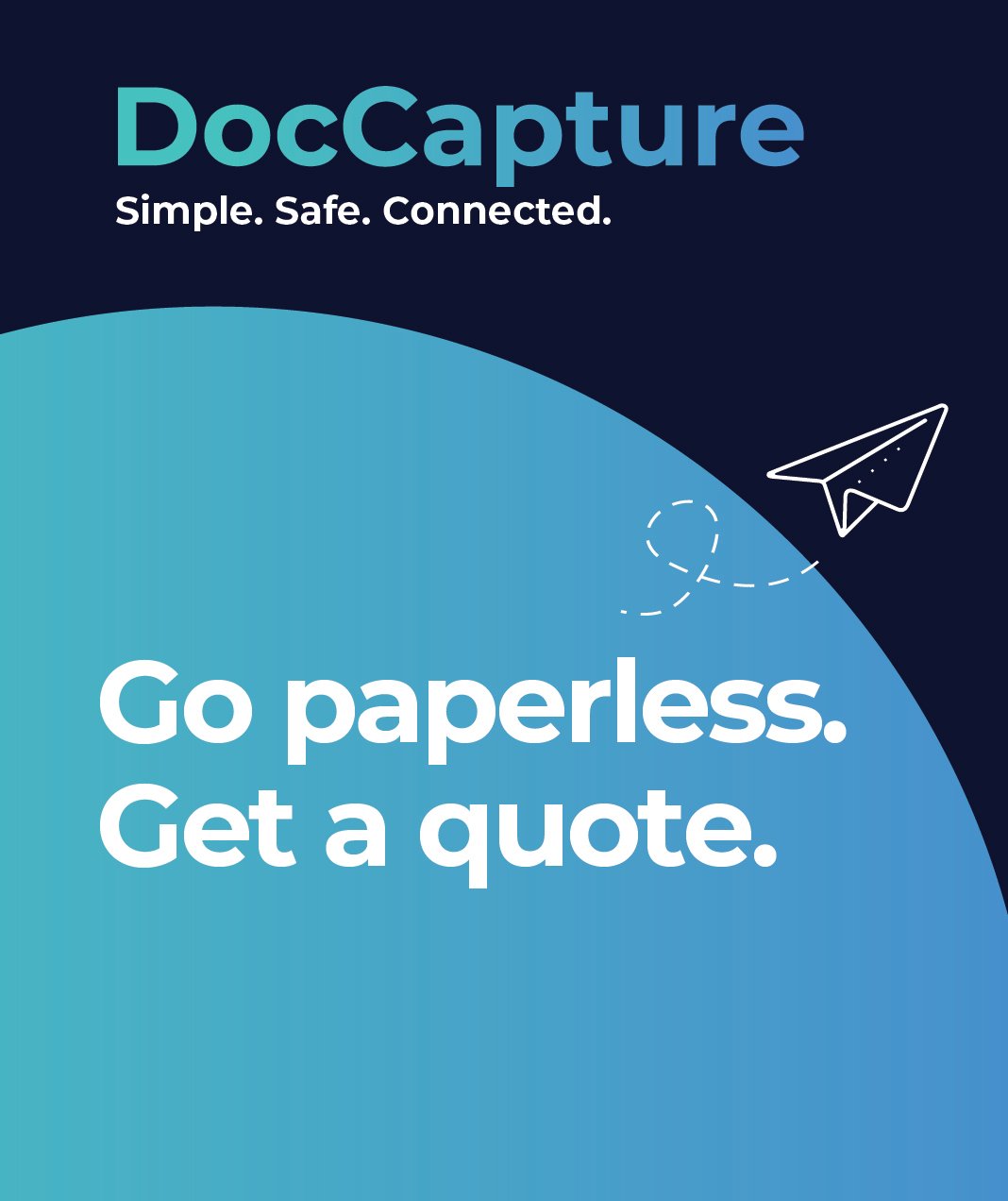Overcoming HR Digital Challenges: Practical Tips for Success
Table of contents
The world of human resources (HR) is rapidly evolving, with digital transformation becoming a necessity rather than a luxury. For years, HR teams have relied on paper-based systems to manage employee records, contracts, compliance documents, and performance reviews. However, these outdated methods lead to inefficiencies, compliance risks, and security vulnerabilities.
Transitioning to digital HR solutions allows organizations to streamline processes, improve data security, enhance compliance with regulations like GDPR and HIPAA, and reduce operational costs. Yet, making this shift isn’t without its challenges. From managing large volumes of records to overcoming employee resistance, HR leaders must approach digital transformation strategically.
In this guide, we’ll explore the most common challenges HR teams face during digital transformation and provide practical tips to ensure a seamless transition.
Understanding the Challenges in HR Digital Transformation
While the benefits of HR digital transformation are clear, the transition can be complex. HR professionals must address several challenges to ensure a successful shift from paper-based to digital systems. Here are the key obstacles and how to tackle them:
Managing Large Volumes of Records
HR departments handle vast amounts of documents, including employee contracts, payroll records, and performance evaluations. Digitizing these records requires a structured approach to scanning, categorization, and retrieval. Without an efficient system, important documents can become disorganized or lost in digital storage.
Solution: Utilize HR Document Scanning solutions that streamline the conversion of paper records into searchable digital formats. Implementing enterprise content management (ECM) software can further optimize document storage and retrieval.
Regulatory Compliance
HR teams must ensure that digital records comply with labor laws and data privacy regulations such as GDPR, HIPAA, and SOC 2. Failure to adhere to these standards can result in legal consequences and financial penalties.
Solution: Implement secure document management systems that offer built-in compliance features, such as audit trails and automated retention policies. Learn more about Digital Transformation in HR to stay ahead of regulatory requirements.
Data Security Risks
Sensitive employee records are prime targets for cyberattacks and data breaches. A weak digital infrastructure can expose confidential information, leading to reputational and financial damages.
Solution: Strengthen security measures by encrypting stored files, restricting access based on user roles, and conducting regular security audits. Consider implementing multi-factor authentication (MFA) and end-to-end encryption to prevent unauthorized access.
System Integration
Many HR departments use multiple software solutions, such as HRIS, payroll systems, and benefits platforms. Without proper integration, data silos can form, causing inefficiencies and errors.
Solution: Select HR digital tools that seamlessly integrate with existing platforms. Look for API-friendly solutions that support data synchronization across multiple systems.
Change Management and Employee Resistance
Employees accustomed to traditional paper-based workflows may resist digital adoption due to fear of change or lack of technical skills. Without proper training and engagement, transformation efforts may face internal pushback.
Solution: Develop a change management strategy that includes staff training, open communication, and leadership support. Encourage employees to embrace digital tools by highlighting their benefits, such as easier access to records and reduced administrative workload.
Practical Tips for a Successful Digital Transformation
Successfully transitioning to digital HR systems requires a well-structured approach. Here are key strategies to help HR teams navigate the process efficiently:
Conduct an HR Process Audit
Before implementing new digital solutions, assess your current HR workflows to identify inefficiencies. Determine which processes—such as onboarding, payroll, compliance tracking, and employee record management—need improvement.
Tip: Map out your document lifecycle, from creation to storage and disposal, to ensure an effective digitization strategy. Utilize HR Document Scanning services to convert physical records into digital formats.
Choose the Right Digital Solution
Not all HR document management systems are the same. Selecting the right solution requires considering factors such as scalability, compliance support, user-friendliness, and integration capabilities.
Tip: Look for solutions that include optical character recognition (OCR) for quick document searches, version control to track changes, and automation features for approvals and workflows. Check out Digital Transformation in HR to explore key considerations for software selection.
Ensure System Compatibility
HR digital transformation isn’t just about replacing paper—it’s about ensuring seamless integration with existing tools like HRIS, payroll, and benefits platforms.
Tip: Choose software with robust API support to enable smooth data exchange between systems. Test integration capabilities before full implementation to prevent data silos.
Prioritize Data Security
With employee records containing sensitive information, data protection must be a top priority.
Tip: Implement role-based access controls to limit access to confidential files, use end-to-end encryption, and conduct regular security audits to safeguard data. Consider compliance certifications like SOC 2 or ISO 27001 when selecting vendors.
Invest in Employee Training
Adopting digital tools requires a shift in mindset. Without proper training, employees may resist using new systems, slowing down transformation efforts.
Tip: Provide hands-on training sessions, user guides, and support channels to help employees adapt. Highlight the time-saving benefits of digital HR solutions to encourage adoption.
Develop a Phased Implementation Plan
Attempting a full digital transformation overnight can lead to disruptions and resistance. A phased approach ensures a smoother transition.
Tip: Start with high-impact areas like employee file management before expanding to other HR functions. Set clear milestones, test systems in phases, and gather employee feedback for continuous improvement.
Conclusion
HR digital transformation is no longer optional—it’s essential for efficiency, compliance, and security. Moving away from paper-based processes allows HR teams to streamline workflows, reduce operational costs, and enhance data protection.
By addressing key challenges such as document management, compliance, security, and employee adoption, organizations can successfully transition to digital HR solutions. Whether you're scanning paper records, integrating HR software, or strengthening data security, taking a phased and strategic approach ensures a smooth transformation.
Ready to take the first step? DocCapture’s HR document scanning solutions can help you digitize and secure your HR records efficiently. Fill out our "Get a Quote" form today to learn how we can support your HR digital transformation journey.
Share this
You May Also Like
These Related Stories

Nonprofits & Digital Transformation: Maximizing Mission Impact

Enterprise Document Scanning: Navigating Your Path to Digital Transformation

